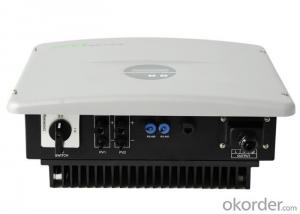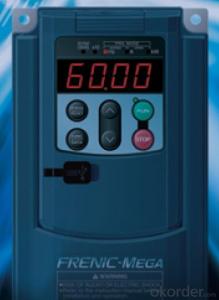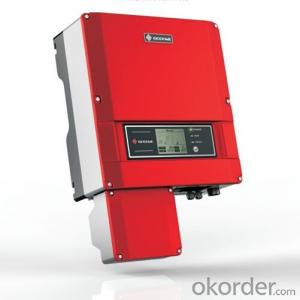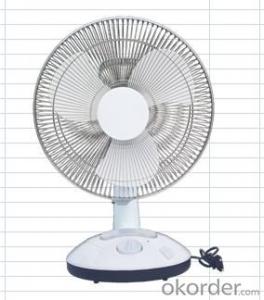Solar Fronius Inverter
Solar Fronius Inverter Related Searches
Fronius Solar Inverter Fronius Solar Power Inverter Fronius Solar Hybrid Inverter Fronius Hybrid Solar Inverter Fronius Inverter Solar System Fronius Primo Solar Inverter Solar Inverter Fronius Price Fronius Solar Inverter Price Fronius 3 Phase Solar Inverter Fronius Solar Inverter 3kw Fronius Solar Inverter 10 Kw Solar Solar Inverter Solaris Solar Inverter Frontier Solar Inverter Solar Photovoltaic Inverter Siemens Solar Inverter Phocos Solar Inverter Magnum Solar Inverter Falcon Solar Inverter Proton Solar Inverter Magnum Inverter Solar Solar System Inverter Germany Solar Inverter Solar Electric Inverter Solar Hybrid Inverter Microtek Solar Inverter Solar Micro Inverter Solar Field Inverter Magnum Energy Solar Inverter Sun Solar InverterSolar Fronius Inverter Supplier & Manufacturer from China
Solar Fronius Inverter is a high-quality solar power conversion device designed to optimize the performance of solar energy systems. This advanced inverter is engineered to maximize energy yield and ensure efficient power conversion, making it an essential component for residential and commercial solar installations. The product's innovative features, such as smart monitoring and advanced energy management, contribute to its reputation as a reliable and efficient solution for harnessing solar power.The Solar Fronius Inverter is widely used in various applications, including rooftop solar systems, ground-mounted solar farms, and off-grid power solutions. Its versatility allows it to be integrated into different types of solar energy systems, catering to the diverse energy needs of users. This product is particularly beneficial in scenarios where energy efficiency and reliability are paramount, such as in remote areas or regions with fluctuating power supplies. By utilizing the Solar Fronius Inverter, users can enjoy a stable and sustainable source of clean energy.
Okorder.com is a reputable wholesale supplier of the Solar Fronius Inverter, boasting a large inventory to cater to the growing demand for this cutting-edge product. As a trusted source for solar energy solutions, Okorder.com ensures that customers receive top-quality inverters at competitive prices. By offering a comprehensive range of Solar Fronius Inverters, the company enables businesses and individuals to select the most suitable model for their specific energy requirements. This commitment to providing high-quality products and exceptional customer service has established Okorder.com as a leading supplier in the solar energy industry.
Hot Products














































